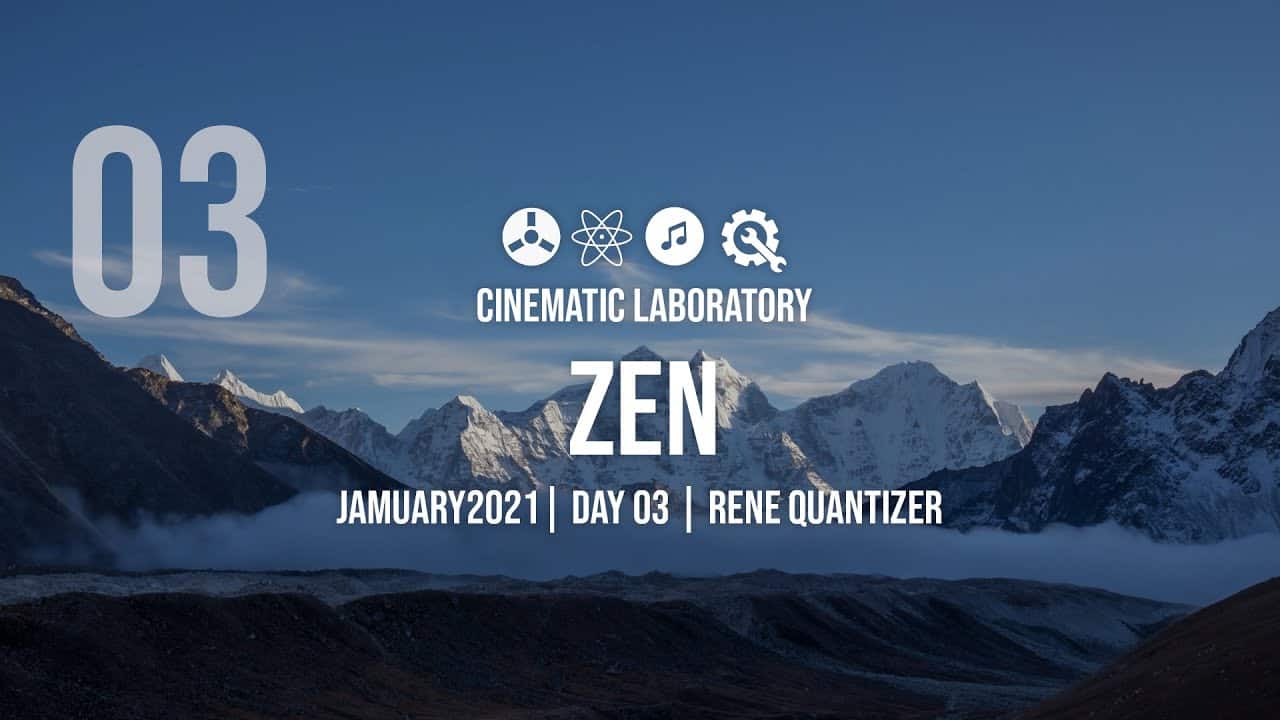In this Audition 3 Video tutorial Jason Levine (Jason’s blog) teaches you how you can remove hum (and other low frequency noises) from a vocal or voice-over. Jason work flow is based on using the Spectral Frequency Display and Audition 3‘s unique Noise Reduction filter.
See also:









